Does it ever end? Research seems to be never ending, even after you publish a paper. There always seems to be something you can test more, expand further, push to no end, but I guess that’s science. How will I put an end to my research here at Yale? Two weeks left and I’m still learning so much. Not only to do with my research but life in general. My month on the East Coast has been more than rewarding and I’d like to think that I’ve grown and matured in many ways. The past two weeks have been eventful and hectic (in the best way possible). Membrane modifications coincided with travels to New York. Hours of contact measurements preceded a trip to Boston. And now we’re working on testing a modified membrane in the RO system just before I make my way to New York for the last time before my time on the East comes to a end.
The week before last was mainly filled by contact angle measurements and calculations of the interfacial energies between the gypsum crystals, water, and surface. Last week I was introduced to ATRP or atom transfer radical polymerization, which is the versatile synthetic tool we will be utilizing to modify the commercial membranes. This process enables the preparation of new (co)polymers with precisely controlled molecular weights, relatively low disparities, composition, and diverse functionalities. We worked with Chanhee, who is working on creating an omniphobic surface that is permeable to only water vapor (so cool, right?). The first step was in preparation for polymer and consisted of applying a PDA coating to the membranes in order for the desired polymers to be attached later on. Then after 20 minutes of PDA, the membrane was coated with an initiator that allows the ATRP to take place. The initiator polymerizes the surface, on which the desired zwitterionic polymers actually attach to. We allowed ATRP to take place for an hour, while Chanhee left one of his membranes for two. It is important to know that modification of the membranes varies as the amount of time for each coating varies.
The point of attaching the zwitterionic polymers or modifying the membrane at all is to make the membranes more hydrophilic. This lab is really pioneering the use of ATRP for non-biofouling purposes, so a lot of uncertainty exists with testing the modified membranes, which we will begin today. Our hopes are that a more hydrophilic surface will cause more water molecules rather than gypsum crystals to gravitate towards the surface of the membrane and attach. Just like if you want to sit in a full classroom, you would have to displace someone from their seat, if water molecules cover the entire surface then there would be no room for gypsum crystals to position themselves.
I’m learning a lot and am realizing, not only how important chemistry is, but how often unpredictable obstacles can occur in research. Recently, in a meeting, Elimelech was explaining how unexpected events can lead to schedule changes and, as result, everything ends up taking a lot longer than initially planned. (The following Tuesday, the chiller used to control the RO system temperature wasn’t running properly so we had to postpone our experiment). All of these new chemical processes and life lessons were complimented by experiences of new lifestyles and city cultures. My first trip out of New Haven was to Boston where I met up with my roommates from Rice. Then I traveled to New York the following weekend to see my best friend from high school. I must say that I do prefer New York over Boston, but the city was rich in history, which was prevalent from its charming architecture and urban design.
Another aspect of Ph.D life that I was not familiar with is conferences. There is a conference at a university in New Hampshire that Humberto is attending at the end of this month, where he will be presenting his research along with other graduate students. It’s just another aspect of being a research student, and provides him with the opportunity to share his ideas with experts in his field and receive feedback on his project. This event, however, has added an extra time constraint to his current work because he wants to be more than prepared with data and analyses for questions and considerations from his colleagues. It must be stressful preparing for a conference, but it’s reassuring to have a community of scholars to support your efforts.
These five weeks have flown by and I’m excited to see how things come to an end with regards to my research. I hope I come away with conclusive results and a wealth of knowledge. Look out for more updates on how our modified membrane compares to the commercial grade. Below are some pictures I took throughout my adventures in the big cities (includes some artwork from the MoMA).
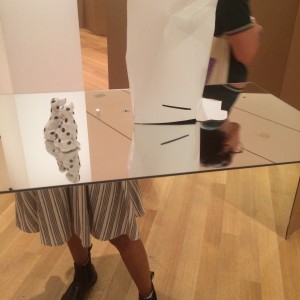
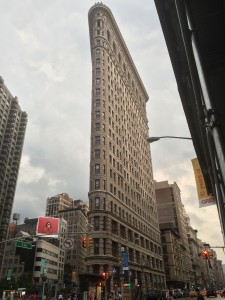
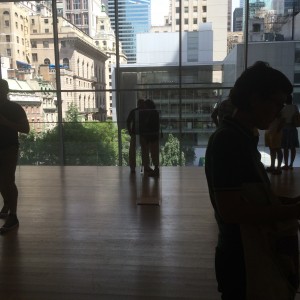
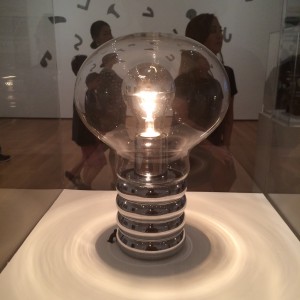
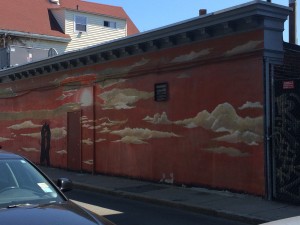
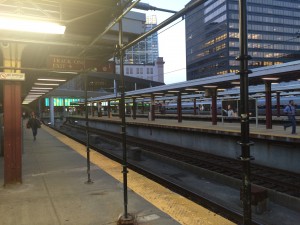 .
.




















